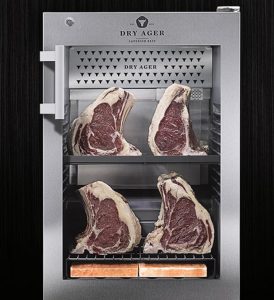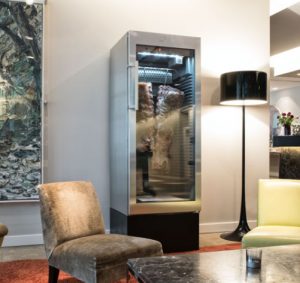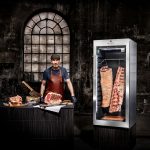Can you safely Dry Age at home?
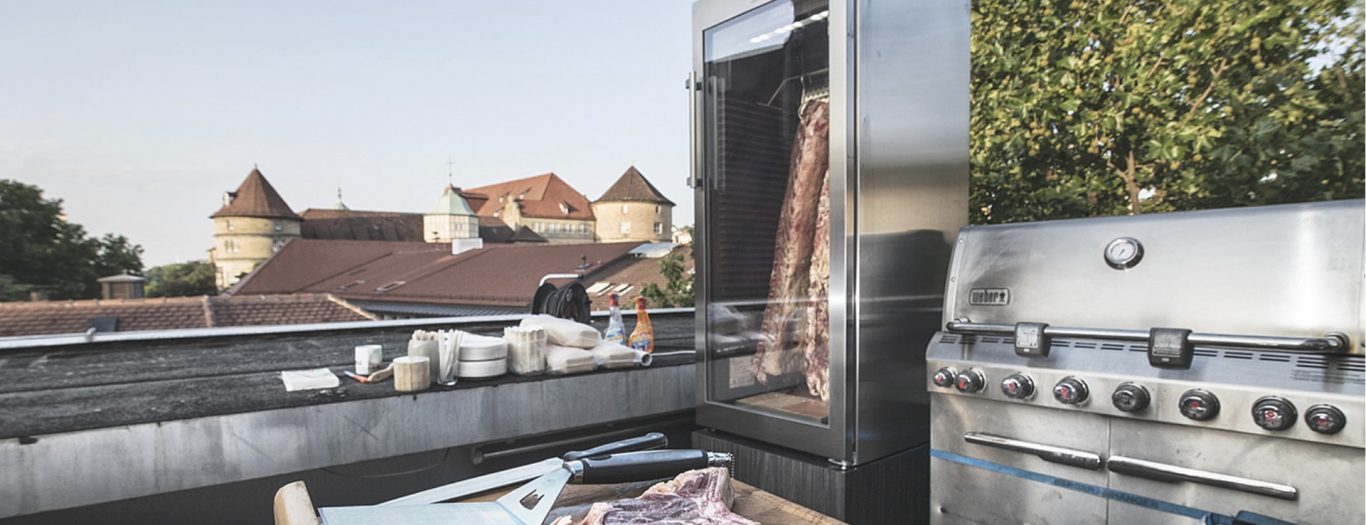
With commercial appliances being constructed for an at-home application, and more home foodies wanting to make their own dry aged meat, one main concern is the safety of meat and upkeep of a unit. No one wants to spend all their time up-keeping the dry aged meat – we’ve got enough to worry about in our days. Here’s an explanation of how to safely go about dry aging in your own home.
So, you take great pride in making your own salami and charcuterie? Fantastic! It’s an age-old tradition for families and friends to come together and share in the goodness of food. But you don’t want to poison your family and friends (we hope) with spoiled product.

Due to the technical and space requirements of dry aging, it largely remains in the hands of steakhouses and specialty butchers. Anyone who invests so much time and effort into meat aging wants a great result.
There are two critical elements of dry aging that must be upheld and maintained in order to keep the meat safe for consumption, sterilsation and controlled climate.
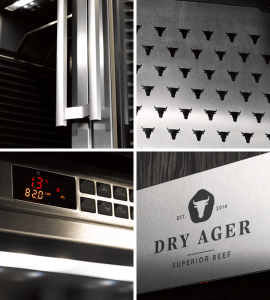
Sterilisation
Due to the humidity levels required to dry age, this is an environment where germs and bacteria to develop quite fast. For this reason, it is essential to ensure that your Dry Ager has a carbon filter and UVC ventilated disinfectant system to constantly sterilse the air.
Controlled Climate
For Dry Aging to be correctly carried out, there must be two climate controls set to ensure precise dry aging climate. Make sure that your cabinet provides you with full control over both climate elements with 0.1% increment on the temperature and humidity levels.
What type of meats can you dry age?
Dating as far back as the 17th century, the dry aging technique was referred to as the ‘hanging’ of meat. Whilst the common meat to dry age is beef, you can also dry age:
- Salami
- Pork
- Charcuterie
- Fish
- Poultry
So the question has been answered - it is indeed safe to dry age meat at home. You just have to have an aging unit that has a carbon filter and full temperature/humidity controls. Which one is fit for residential or private use?
It depends on how large a space you have available in the end. There are currently two units that can be for private installation - DX500 and DX1000. The main difference being the weight it can carry.
You may be interested in:

Dry Ager goodness, delivered fortnightly.
Join the meat press
Copyright © 2025 Dry Ager Australia & NZ
Website by SILVERLANE™
CONTACT US
Distributor for Australia & NZ
e: sales@dryager.com.au
p: 1300 113 115
Opening Hours
Monday to Friday 8am - 4:30pm

